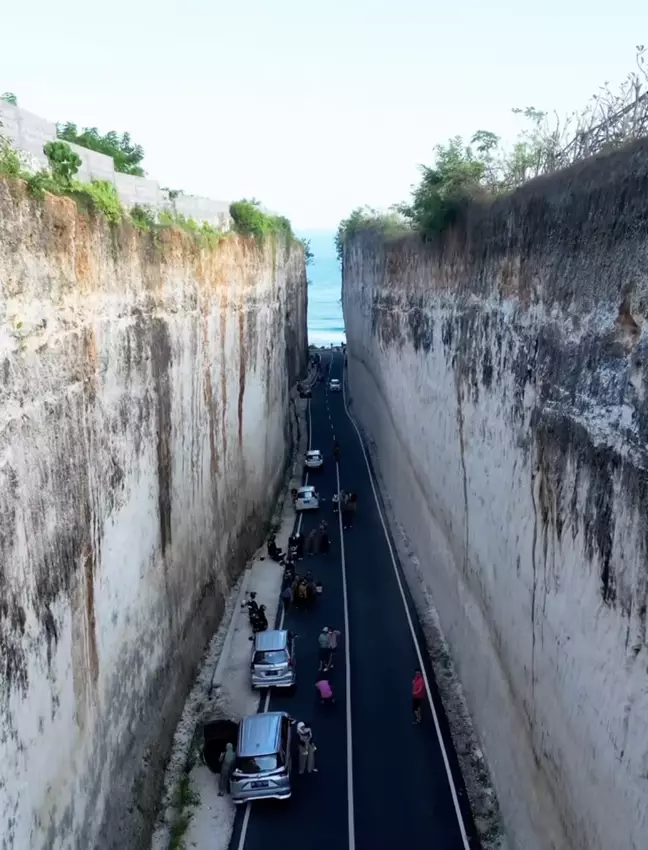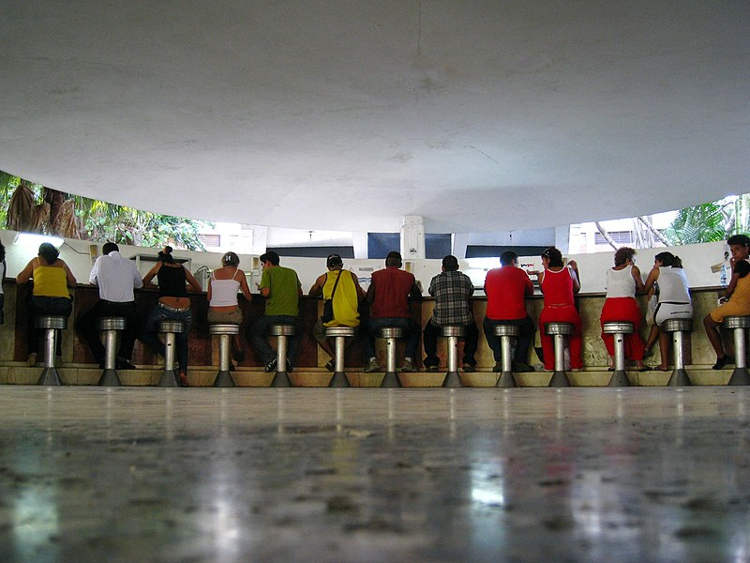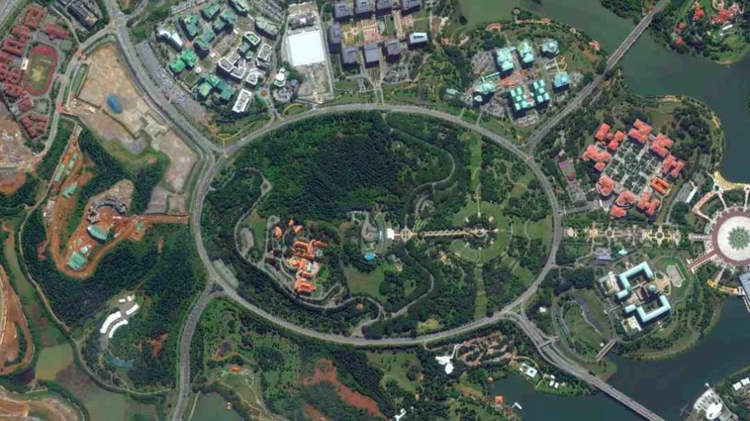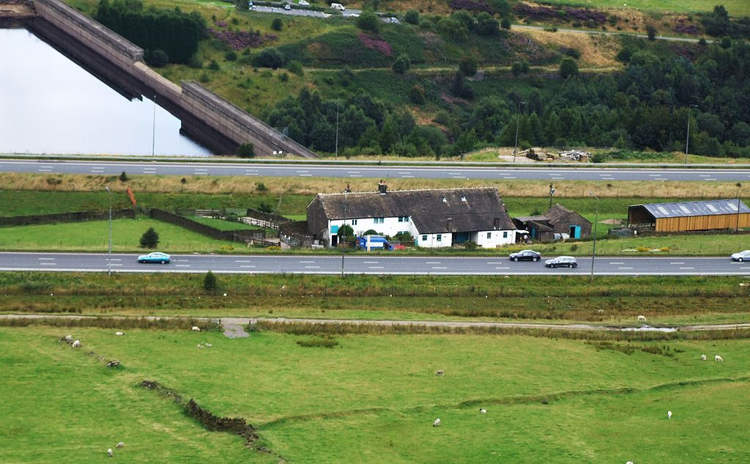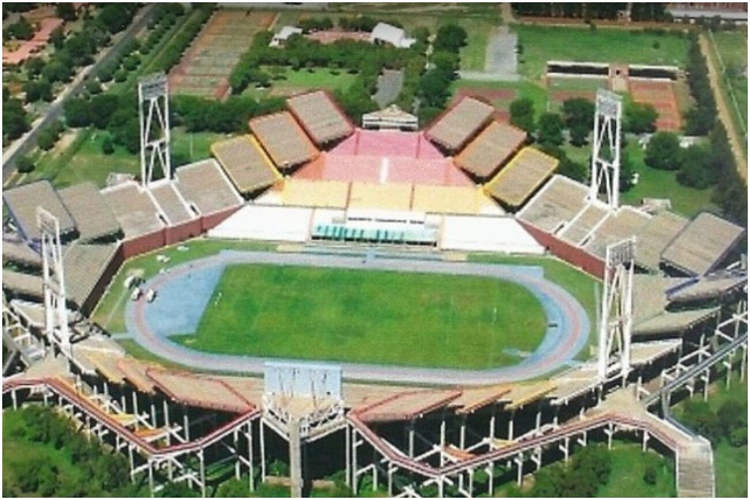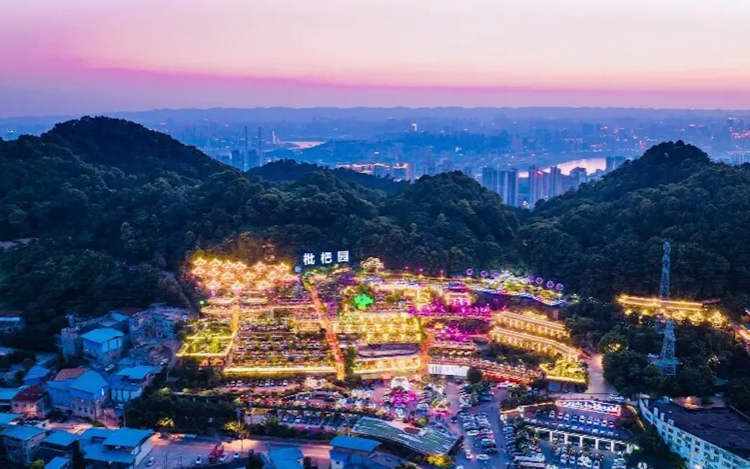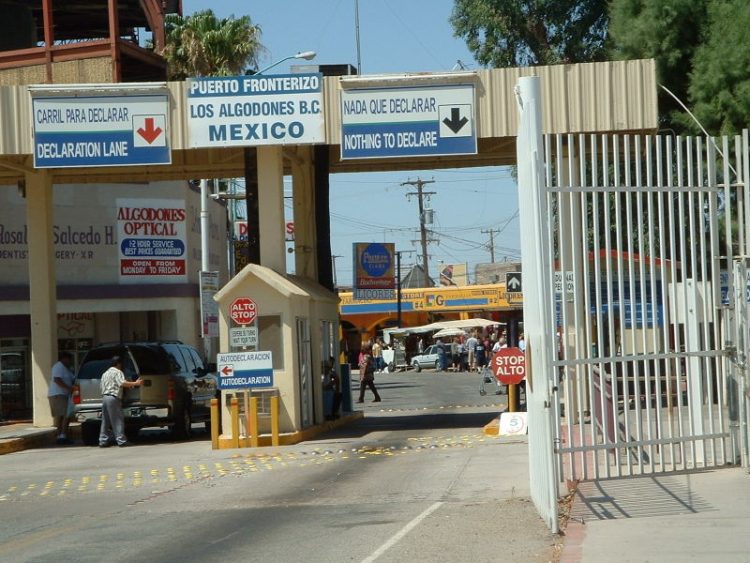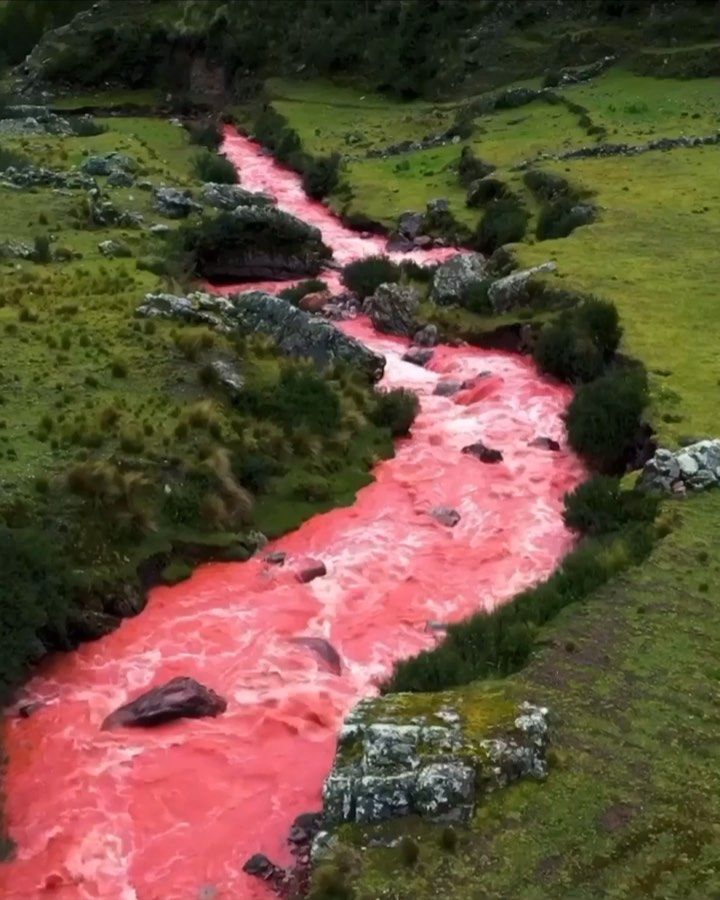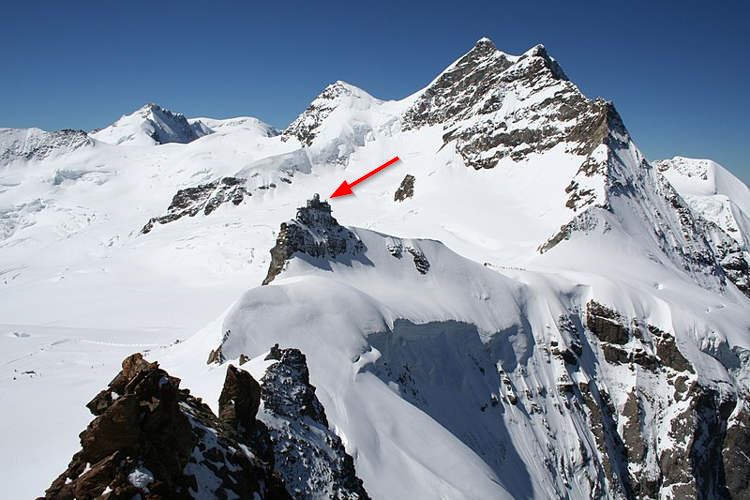China’s Qiantag River is famous for a unique natural phenomenon, a wavy pattern tide that was only observed for the first time in 2021 and has come to be known as fish scale tide.
The Qiantang River’s estuary in Zhejiang Province has long been famous for having the strongest tidal bores in the world. At times, they can get as tall as nine meters, which means the area regularly sees trains of large waves moving upstream against the normal current. However, in 2021, during a scientific expedition, researchers discovered another intriguing natural phenomenon unique to this estuary. When certain conditions are met, the tide comes in spiraling waves that look like fish scales on the water’s surface. The phenomenon hs become known as ‘fish scale tide’.


